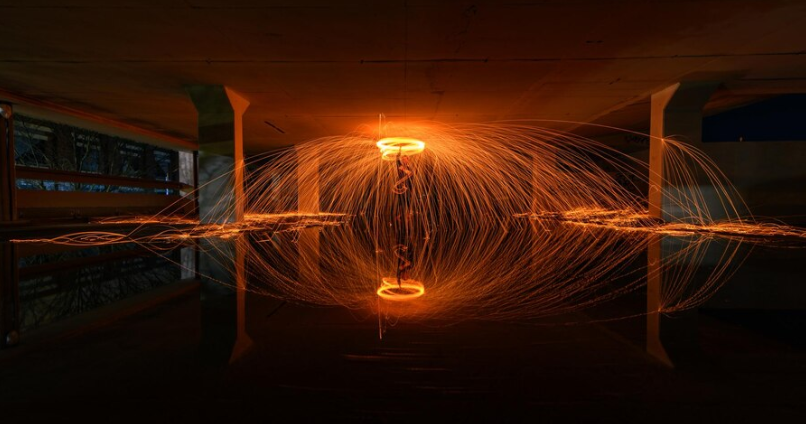2.7 Internal Energy and Energy Transfer
Thermodynamics lies at the core of energy transfer processes, with its foundation built on fundamental laws. In this section, we delve into the two main ways energy is transferred: Work and Heat. This exploration includes their impact on pressure, volume, temperature, and internal energy—providing a comprehensive understanding of thermodynamic principles.
The Laws of Thermodynamics
The Zeroth Law 🌟
At first, the name “Zeroth Law” might seem odd. However, this fundamental principle establishes the concept of thermal equilibrium:
Statement: If two objects are in equilibrium with a third object, they are in equilibrium with each other.
Key Insight: Heat flows from a hotter object to a colder object until thermal equilibrium is reached.
Key Points:
The Zeroth Law defines temperature as a measurable property.
It underpins the idea that systems in thermal equilibrium share the same temperature.
This law forms the basis for temperature scales and our understanding of heat flow.
Example: If a pencil and a marker are at the same temperature as a pen, then all three are in thermal equilibrium.
The First Law 🌟
The First Law of Thermodynamics is a restatement of the conservation of energy principle:
Statement: Energy cannot be created or destroyed, only transferred or transformed.
Equation: ∆U = Q + W
∆U: Change in internal energy.
Q: Heat added to the system.
W: Work done on the system.
Key Points:
In a closed system, the total energy remains constant.
Heat energy can be transferred but cannot be created or destroyed.
The first law explains how energy moves between forms, such as heat and work.
Work in Thermodynamics 🔎
In thermodynamics, work (W) is defined as the product of pressure (P) and change in volume (∆V):
Equation: W = -P∆V
Key Concepts:
Negative Work: Gas expands, performing work on the surroundings.
Positive Work: Gas contracts, and work is done on the gas.
PV Diagrams
A PV diagram (Pressure-Volume diagram) is a powerful tool for solving thermodynamic problems:
Area Under Curve: Represents the work done.
Processes:
Isobaric: Constant pressure (∆U = W + Q)
Isochoric: Constant volume (W = 0, ∆U = Q)
Isothermal: Constant temperature (∆U = 0, Q = -W)
Adiabatic: No heat exchange (Q = 0, ∆U = W)
Steps to Draw a PV Diagram:
Identify initial and final states.
Select an appropriate scale for pressure and volume axes.
Plot the process path (e.g., straight for isobaric, curve for adiabatic).
Label the diagram with type of process and relevant details.
Example Problems
Problem 1:
Scenario: A gas expands from 2 L to 5 L under constant pressure of 100 kPa. Calculate the work done.
Solution:
W = -P∆V
W = -(100 kPa)(5 L – 2 L)
W = -300 J (negative since gas expands).
Problem 2:
Scenario: An isochoric process involves heating a gas, raising its internal energy by 400 J. What is the work done?
Solution:
Isochoric: W = 0 (no volume change).
∆U = Q = 400 J.
Signs in Thermodynamics 🖋
For Work:
Expansion: Work is negative.
Contraction: Work is positive.
Clockwise Cycles (PV Diagram): Work is negative.
Counterclockwise Cycles: Work is positive.
For Heat:
Heat Added (into the system): Q > 0.
Heat Removed (from the system): Q < 0.
Conclusion
Understanding the interplay between heat, work, and internal energy is crucial in thermodynamics. From PV diagrams to the fundamental laws, these concepts reveal the intricate workings of energy transfer processes—essential knowledge for solving real-world physics problems.







